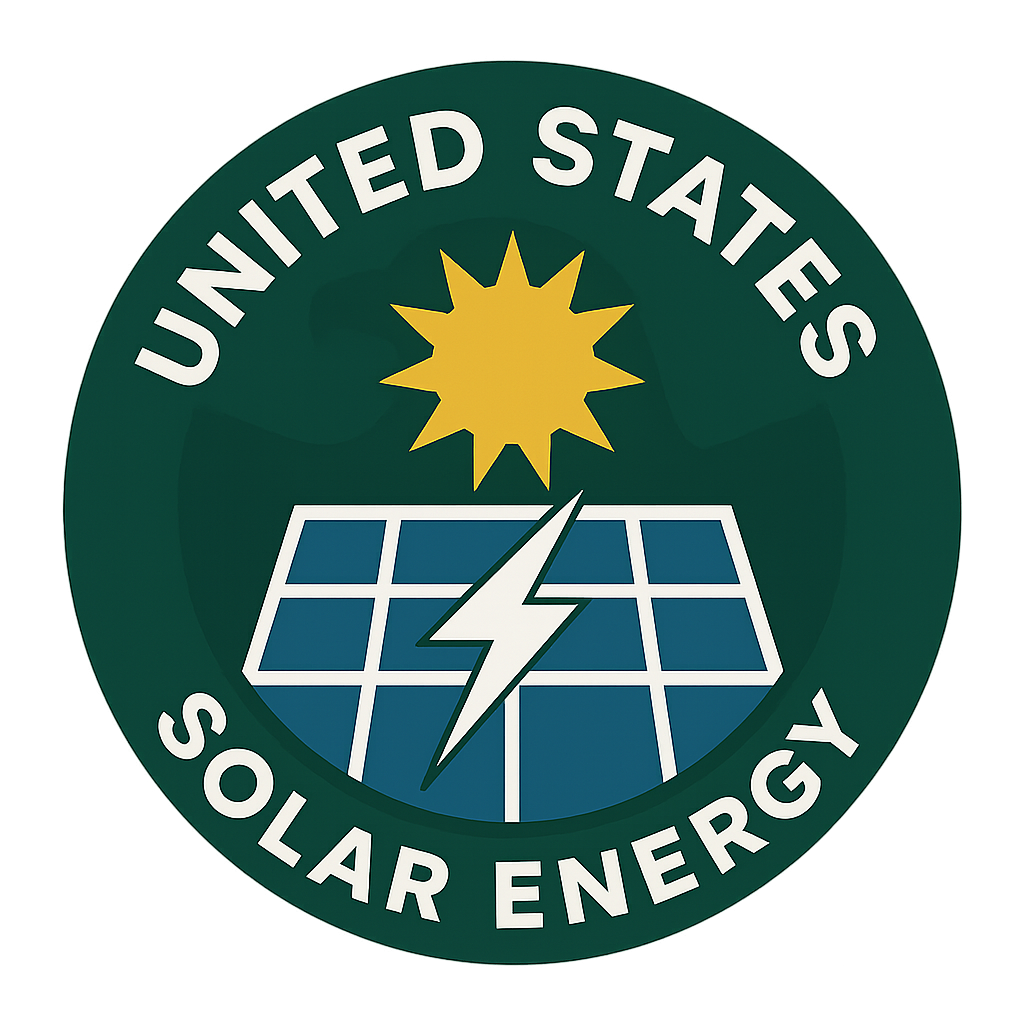Published: August 10, 2025 · Focus: Dallas Commercial Roofs
Quick take
For Dallas-area rooftops in the 150–350 kW band, PPAs can deliver immediate positive cashflow with no CapEx, provided the PPA price sits below your blended utility rate. Below are three anonymized, modeled cases showing realistic timelines and savings using common 2025 assumptions.
1. Modeled Micro Case Studies
Hospitality (Boutique Hotel)
Dallas-Fort Worth submarket · Rooftop PPA
- System size: 180 kW
- Est. Year‑1 production: 270,000 kWh
- PPA rate (Y1): $0.109/kWh (1%/yr escalator)
- Blended utility baseline (Y1): ~$0.150/kWh
- Year‑1 savings: ~$11,070
- 15‑yr cumulative savings: ~$242,672
- 15‑yr NPV (8%): ~$134,389
Deal & progress cycle
- Week 0–1: Bill upload, roof data, PPA term sheet.
- Week 2–4: Site survey, interconnection app, engineering.
- Week 5–10: Permits & utility review.
- Week 11–16: Installation & commissioning.
Durations are typical ranges; utility queues and roof conditions can extend timelines.
K‑12 Charter School
Dallas County · Rooftop PPA
- System size: 240 kW
- Est. Year‑1 production: 360,000 kWh
- PPA rate (Y1): $0.105/kWh (flat or ≤1% escalator)
- Blended utility baseline (Y1): ~$0.140/kWh
- Year‑1 savings: ~$12,600
- 15‑yr cumulative savings: ~$283,727
- 15‑yr NPV (8%): ~$156,483
Deal & progress cycle
- Week 0–2: Data intake, board briefing, draft term sheet.
- Week 3–6: Utility interconnection & stamped engineering.
- Week 7–12: Permitting, procurement, install scheduling.
- Week 13–18: Install & utility PTO (permission to operate).
Public/charter governance may add board calendar time.
Multifamily Apartments
Arlington submarket · Rooftop PPA
- System size: 320 kW
- Est. Year‑1 production: 480,000 kWh
- PPA rate (Y1): $0.112/kWh (≈1%/yr escalator)
- Blended utility baseline (Y1): ~$0.160/kWh
- Year‑1 savings: ~$23,040
- 15‑yr cumulative savings: ~$491,986
- 15‑yr NPV (8%): ~$273,573
Deal & progress cycle
- Week 0–1: Baseline load analysis, term sheet.
- Week 2–5: Virtual/field survey, interconnection, engineering.
- Week 6–11: Permits & utility review.
- Week 12–18: Install by building, meter aggregation (if applicable), PTO.
Tenant billing structure may affect how savings are allocated to common areas vs. residents.
All examples are modeled with standard 2025 Dallas‑area assumptions; your results depend on site data, tariffs, and contract terms. Numbers rounded for readability.
2. Methodology & Assumptions
Core modeling inputs
- Production: ~1,500 kWh/kW/year; 0.5%/yr performance degradation.
- Utility baseline: $0.14–$0.16/kWh starting blend; +2.5%/yr escalation.
- PPA price (Y1): $0.105–$0.112/kWh; ~1%/yr escalator (or flat for schools).
- Consumption: On‑site (no export value assumed).
We intentionally keep the model conservative: no explicit demand charge reduction, no export credits, and no incentive stacking (e.g., RECs) shown in savings.
What could improve your outcome?
- Tariff optimization and load shifting to align with solar hours.
- Adding storage to shave demand or arbitrage peak prices.
- Roof improvements enabling higher DC capacity / better tilt.
We’ll quantify these levers with your actual bills and interval data.
3. FAQ & Notes
A: No—these are anonymized, modeled examples based on typical Dallas‑area inputs for 2025. Your site, tariff, and roof dictate the actual result.
A: Yes. We size systems to match daytime loads and structure PPAs to stay below your blended cost, even with seasonal swings.
A: Under a PPA, the tax equity sits with the system owner. The benefit is priced into the PPA rate; we keep that math behind the scenes and reflect it in a lower kWh price.
A: The spread vs. your PPA could shrink. We model scenarios so you see the breakeven risk before you sign. You can also choose a PPA with minimal or flat escalator.
Want your own modeled solar energy PPA (with your bills)?
Upload a recent utility bill and roof info. USSE will return a site‑specific PPA model.
*All figures above are modeled illustrations; final economics depend on as‑built specifics, tariffs, and contract terms.
